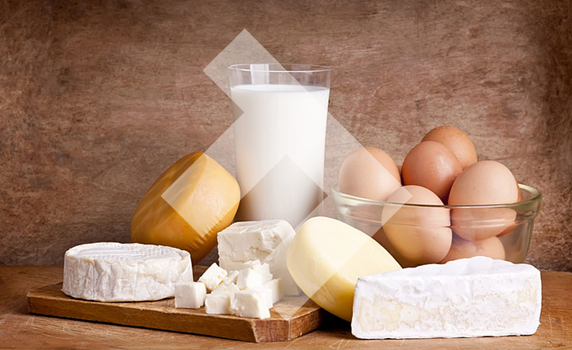You may remember amino acids from your time in school – they’re used by the body to create proteins and form an essential part of our diets. You can’t synthesise your essential amino acids, so you’ve got to find natural sources of them in your food. Leucine is also big in sports nutrition right now, touted as an amino acid to be taken post-workout to increase protein synthesis.
Leucine is one of those amino acids, it helps the proteins created in the body take their physical form and boosts their functionality in the body and ultimately boosts muscle growth. Fortunately, there are plentiful sources of it in your diet. The only problem is, you need to consume considerably more leucine than your body actually needsto tap into the maximum benefits.
Meat
Everyone knows meat is rich in protein, but no doubt you want to maximise what you’re actually getting out of the meat you eat. Lean beef fillet is rich in leucine, and can get you up to four grams of leucine to five ounces of meat. You don’t have to go so high end and stick to beef fillet though, a cup of chicken or trimmed pork can net you 3.5 grams of leucine, and fish is good too. Even canned fish like tuna has up to 3.5 grams to a cup, and a fillet of fish like salmon, haddock, whitefish, trout or tilefish can get you 3 grams to a single fillet.
Dairy
If your digestive tract is happy with it, dairy is a great source for leucine. Most cheeses are a solid source of leucine, but you can maximise your leucine intake with cheddar, blue, Edam and cottage cheeses. Yoghurt in general has good levels of leucine. All these products offer you at least 0.5 to 0.7 grams of leucine per ounce, and still fit right in with a generally healthy diet.
Legumes
A great option if you’re vegetarian or even vegan, legumes are a famous source of protein outside animal products. A cup of soy beans has around 6 grams of leucine, white and kidney beans will bring you over 3.5 grams per cup and a cup of lentils has 3.5 grams. Even peanuts will bring you nearly 3 grams of leucine per cup.
Other
You can find good quantities of leucine in eggs, soy and whey protein isolates and whole wheat bread. Soy and whey protein isolates are another great option if you want to find a calorie-efficient way to get your leucine without eating animal products.
One thing you should notice about this list is that you can’t really go wrong eating any of these foods, anyway. It’s a diet low in bad fats and has multiple potential long-term benefits. Leucine has been shown to promote insulin production to control blood sugar, affect cholesterol and positively impact liver and muscle cells. If you’re already on a special diet to manage a condition, you should talk to your doctor before you make any significant changes.
Have you got a recipe or diet rich in leucine you want to share? Let me know in the comments!
![]()










 Paul
Paul 




Magnificent website. Lots of helpful information here. I’m sending it to several buddies and additionally sharing in delicious. And obviously, thanks on your effort!
Thanks very much!
Hi, I read your blogs daily. Your writing style is witty, keep up the good work!
Thanks!